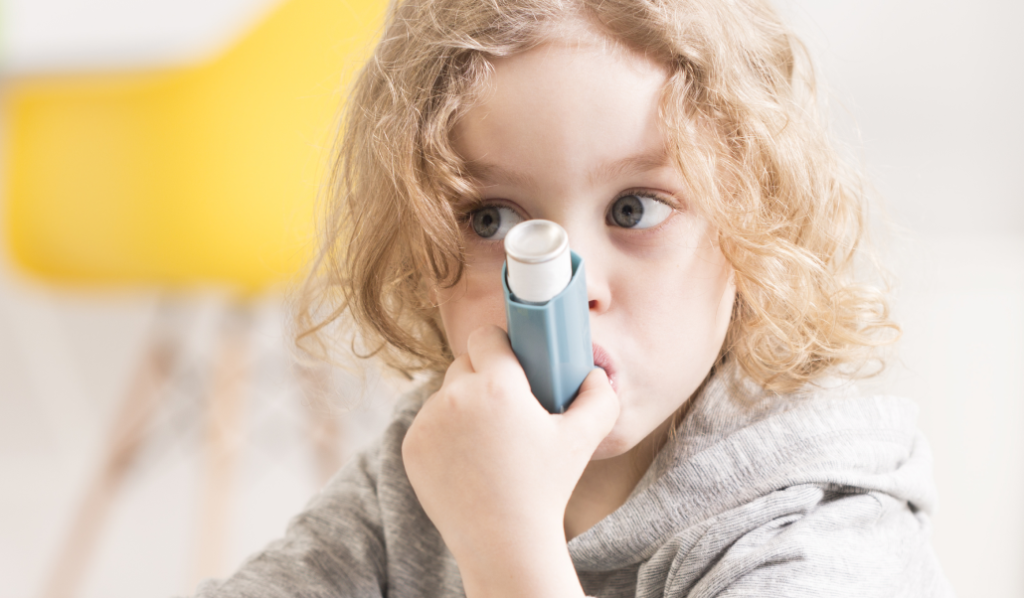How to keep your home wildfire smoke free
Make sure your home is a safe HAVEN™ this wildfire season
Wildfire occurrences are expected to increase 25% by 2030
As much of North America faces its worst droughts in recent history and memories of last year's wildfires still rage in the minds of those affected, people are increasingly considering the risks of wildfire smoke on their health and their homes. But what steps can be taken? How can you make sure your family isn't breathing smoky, polluted air inside the home? Can you remove wildfire smoke from home? Or better yet - stop it getting in in the first place? Let's dive in...
What are the health risks of wildfire smoke?
Studies have shown that wood smoke can remain active in the body for 40 times longer than tobacco smoke, increasing the chances of developing cancer or a respiratory condition¹. As wildfires and forest fires continue to get worse year on year, the long-term health effects will escalate over time: creating a double-whammy of prolonged exposure over each individual event, and repeated exposure over each year.
Those with asthma are particularly susceptible to the health risks of inhaling Particulate Matter (PM) from sources such as fire smoke - and an estimated 13% of Americans suffer from asthma². Research suggests that long-term exposure to indoor air pollution can even cause asthma (more on that here). It's clearer than ever that we need to take Indoor Air Quality seriously for the health of ourselves and our loved ones - whether or not there is an existing health concern at play.
Can wildfire smoke affect me at home?
Though the air in your home may not become visibly smoky, if the levels outside are concentrated and air quality warnings are in place, the chances are that wildfire smoke particles have made it inside. There are many factors which affect this - from the obvious, such as doors and windows being left open or damaged sealant allowing for infiltration, to the obscure (such as the tightness of your home's construction or negative air pressure inside causing polluted air to be drawn in).
Setting your HVAC system to 'recirculate' and turning off outdoor-venting fans is a good start - but for more thorough tips, check out our infiltration checklist. Once smoke particles have made it into the home, they can remain over time in soft furnishings and carpeting, causing further risk to your family's health each time these surfaces are disturbed and the particles become airborne once more. Using a vacuum with a HEPA filter and mopping can help to reduce the risk - but ideally, we don't want these unwanted guests in your home in the first place. So what else can be done?
When outdoor pollutant levels are high, ventilating the indoors with outdoor air can make your pollution worse.
How can I avoid wildfire smoke getting into my home?
In addition to staying informed with the Air Quality Index and following official guidance during fire smoke events, we recommend taking steps to monitor the levels of indoor air pollution so that you and your family aren't blindsided by invisible smoke particles in your home. Counter-top monitors have their place - but if the source of infiltration is from a particular room where a monitor isn't present, the chances are this will go undetected. Many go in search of the best home air purifier for wildfire smoke, but the effectiveness of certain models under real-world conditions, and health concerns relating to side effects³ are added worries that no-one needs during wildfire season. For a cost-effective short-term solution, try our DIY tutorial to create a box-fan air purifier.
A professionally installed air quality monitor (located in the return duct of your home's central HVAC system) has the ability to assess airborne pollutants across your whole home - giving you peace of mind that they're not slipping under the radar, and giving your HVAC professional the insights they need to assess whether further filtration or ventilation is needed to keep you and your loved ones safe. An effective furnace filter for wildfire smoke (like MERV 13) is also a must, and keep in mind that your filter’s lifespan will be much shorter during smoky season.
HAVEN calculates filter lifetime based on your system runtime, and pollution levels detected. That's how we know when to remind you to replace your filter, and stop the smoke from creating unsafe conditions in your home. With a HAVEN Controller installed, we can also activate airflow when high particulate levels are found. This increases the amount of particles that your filter is able to capture, before they reach your lungs instead.
Find out more about making your home a safe HAVEN:

I’m an HVAC Pro
I'd like to provide HAVEN as a part of my services

I’m a homeowner
Interested in finding the best indoor air quality monitor & solutions
HAVEN™ For Wildfire Smoke Read More »

